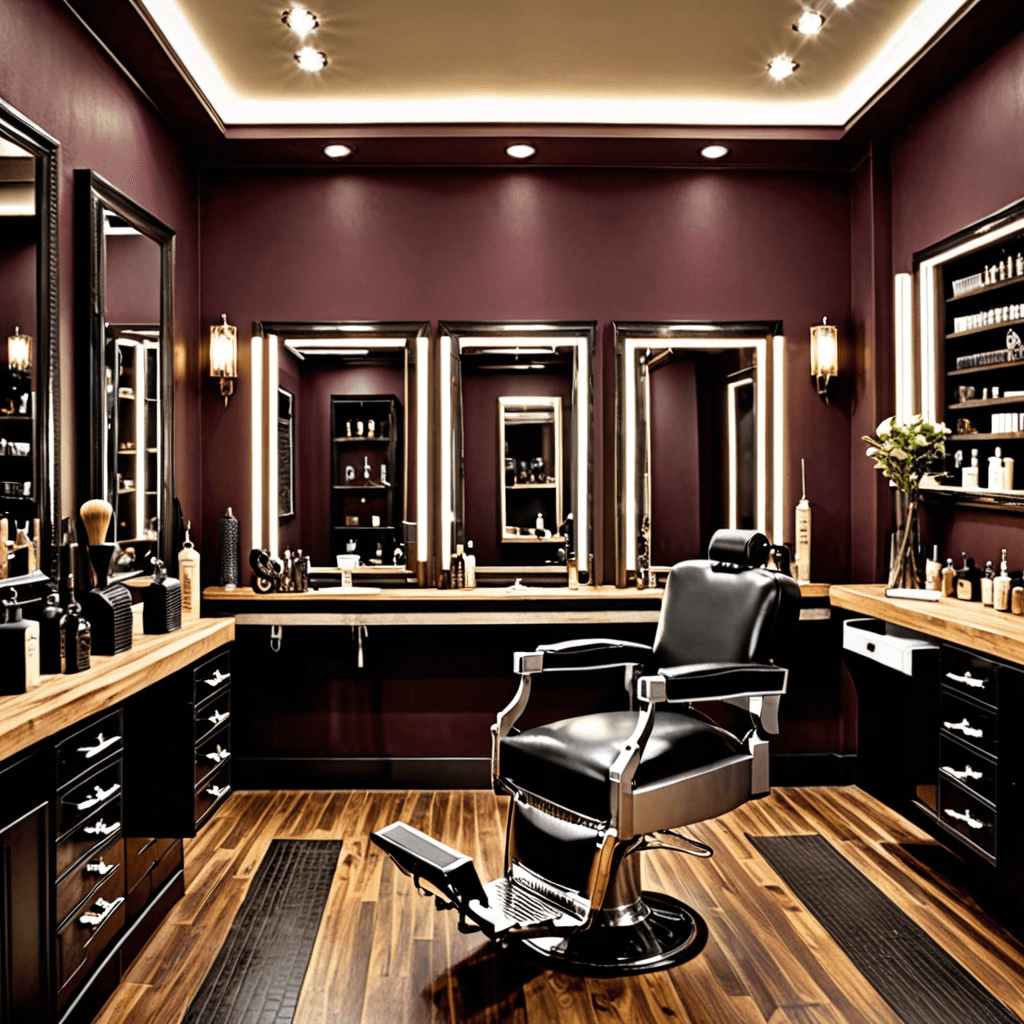Creating a Family-Friendly Living Space
Creating a Family-Friendly Living Space
Introduction
Creating a comfortable and aesthetically pleasing living space is essential for a happy home. Interior design plays a crucial role in achieving this goal, as it encompasses the arrangement of furniture, selection of color palettes, and incorporation of art and decor. In this article, we will explore the key elements of interior design and provide practical tips for choosing furniture that complements the space. Additionally, we will discuss how art and decor can enhance the ambiance, making your home more inviting and family-friendly.
Key Elements
Color Palettes: The choice of colors in a room can greatly impact the overall atmosphere. Warm tones such as beige, earthy browns, and soft yellows create a welcoming and cozy feel. On the other hand, cool colors like blues and greens promote a serene and calming ambiance. Remember to consider the natural light in the room when selecting colors, as it can affect how the hues appear.
Furniture Arrangement: The way furniture is arranged can make or break the functionality and flow of a room. Start by determining the focal point of the space, such as a fireplace or a large window. Arrange furniture in a way that allows for easy conversation and movement. Consider the size of the room and the proportion of the furniture to ensure a balanced layout.
Lighting: Proper lighting is crucial in creating a comfortable and functional space. Natural light is always preferred, so maximize the use of windows and skylights. Additionally, incorporate layered lighting by combining ambient, task, and accent lighting. This will provide versatility and allow you to adjust the lighting based on different activities and moods.
Accessories: Accessories add the finishing touches and can enhance the overall aesthetic. Consider incorporating mirrors to create the illusion of a larger space and to reflect natural light. Soft furnishings such as cushions and rugs can add warmth and texture. Don’t forget to personalize the space with items that hold sentimental value to make it truly feel like home.
Tips for Choosing Furniture
Consider Size: Before purchasing furniture, measure the room and take note of any limitations such as doorways or windows. Choose furniture that fits comfortably within the space, allowing for easy movement and functionality.
Style and Theme: Determine the style and theme you want to achieve in the room. Whether it’s modern, traditional, or eclectic, select furniture pieces that complement the overall design. This will help create a cohesive space that feels intentional and well put together.
Functionality: Think about the activities that will take place in the room. If it’s a family room, opt for durable and comfortable furniture that can withstand everyday use. For a home office, prioritize ergonomics and choose a desk and chair that provide the necessary support.
Quality: Investing in quality furniture is essential for longevity. Look for solid construction, sturdy frames, and durable upholstery materials. While it may be tempting to opt for cheaper options, remember that well-made furniture will last longer and provide better value in the long run.
Incorporating Art and Decor
Wall Art: Selecting artwork that resonates with your personal style and complements the overall design of the room is key. Consider the size of the artwork in relation to the wall space, and the colors and themes that will tie the room together. For a family-friendly space, you may want to choose art that is uplifting, inspirational, or even educational.
Displaying Decorative Items: Decorative items are an excellent way to add personality to a room. Whether it’s vases, sculptures, or trinkets collected from travels, choose items that hold sentimental value and reflect your family’s interests. Group smaller items together for a curated look, or create a focal point with a statement piece.
Plants and Greenery: Adding plants and greenery to a room not only enhances the aesthetics but also contributes to a healthier indoor environment. Choose low-maintenance plants that thrive in the available light conditions. Incorporate them by placing them on shelves, in corners, or even hanging them from the ceiling.
Conclusion
Creating a family-friendly living space is all about finding the right balance between comfort, functionality, and aesthetics. By understanding the key elements of interior design and following practical tips for selecting furniture, you can transform your home into a welcoming and cozy haven. Additionally, incorporating art and decor that resonates with your personal style will add the finishing touches, making your space truly feel like home. So, go ahead and unleash your creativity to design a living space that suits your family’s needs and brings joy to everyone who enters.





